
AeroGenie — Your Intelligent Copilot.
Trending
Categories
Emirates Group Advances Sustainable Travel Through Plastic Reduction and Circular Economy Initiatives
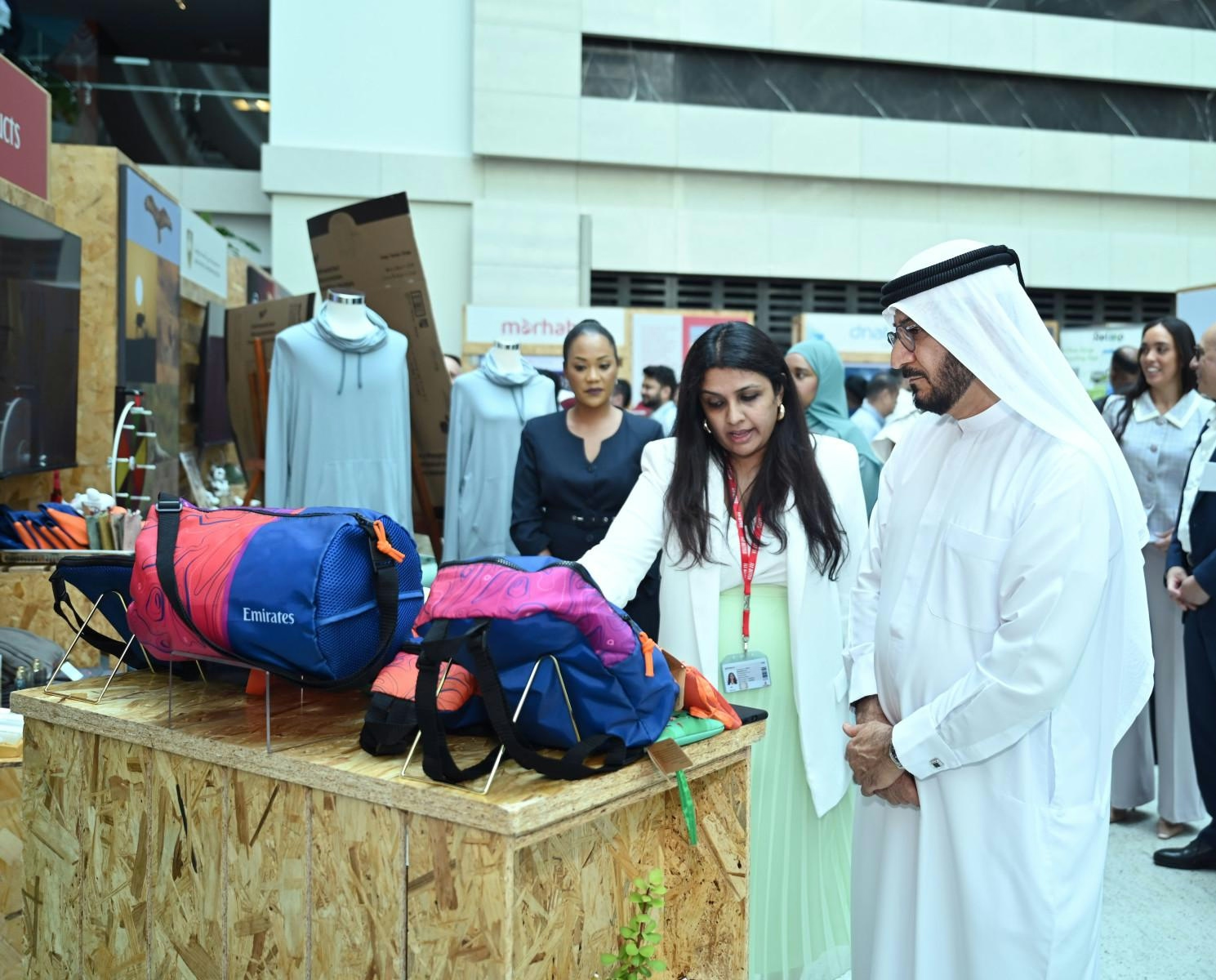
Emirates Group Advances Sustainable Travel Through Plastic Reduction and Circular Economy Initiatives
Emirates Group is intensifying its commitment to sustainability with the flagship event "Tomorrow Takes Flight," which highlights the company’s dedication to eliminating plastic waste and promoting circular economy principles within the travel sector. This initiative aligns closely with the United Nations’ global campaign to combat plastic pollution and the UAE’s Net Zero 2050 Strategy. The event showcased a wide range of efforts by Emirates and dnata aimed at reducing single-use plastics, encouraging responsible sourcing, and converting waste into valuable resources.
Embedding Sustainability Across Operations
The 2024 event, themed “Consuming Responsibly,” demonstrated how Emirates Group is integrating sustainability into its core business functions. Through interactive exhibits and collaborative industry engagement, the Group presented strategies focused on reuse, repurposing, recycling, and responsible procurement. Various departments—including engineering, catering, cargo, travel services, and airport operations—highlighted their specific contributions, illustrating how environmental responsibility has become a fundamental aspect of daily operations.
The conference segment convened leaders from across the aviation and travel industries, featuring speakers from Emirates Engineering, Service Delivery, Flight Operations, Emirates SkyCargo, and dnata Technical Services. Academic and industry partners such as the University of Cambridge, Airbus, Boeing, Rolls-Royce, GE Aerospace, and Dubai Airports also participated. This collective dialogue underscored the importance of cross-sector collaboration in advancing sustainability, with discussions centering on innovations to reduce carbon emissions, minimize waste, and foster circular economy practices in both aviation and ground operations.
Industry Context and Competitive Landscape
Among the initiatives highlighted was the evolution of Aircrafted by Emirates, a sustainability venture that exemplifies the Group’s efforts to reduce its environmental footprint. These advancements come amid growing challenges faced by the global travel industry, which is under increasing regulatory and financial pressure to curb rising emissions and comply with stringent climate policies. For example, Singapore Airlines has reported an uptick in emissions, and the sector anticipates escalating costs as climate regulations become more rigorous.
Competitors are also intensifying their sustainability commitments. Meliá Hotels & Resorts has partnered with Gravity Wave to remove plastic waste from the Mediterranean, while British Airways collaborates with Bags of Ethics to upcycle retired uniforms. These initiatives reflect a broader industry trend toward adopting sustainable practices and circular economy models, as companies strive to reconcile environmental responsibility with operational efficiency.
Emirates Group’s integrated approach—combining innovation, collaboration, and operational transformation—positions it as a leader in sustainable travel. By addressing plastic pollution and embedding circular economy principles, the Group is responding to global environmental imperatives while setting a benchmark for cleaner, greener travel across the industry.

STV Forms Engineering Partnership to Advance Modern Aviation
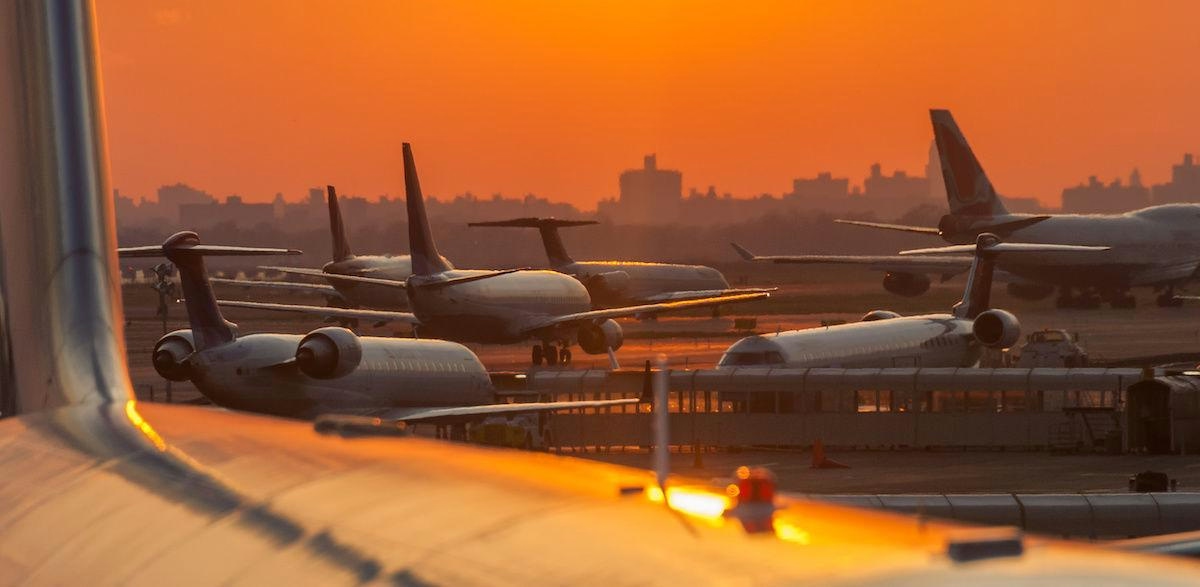
Sabre Introduces AI Chat Solution for Airlines
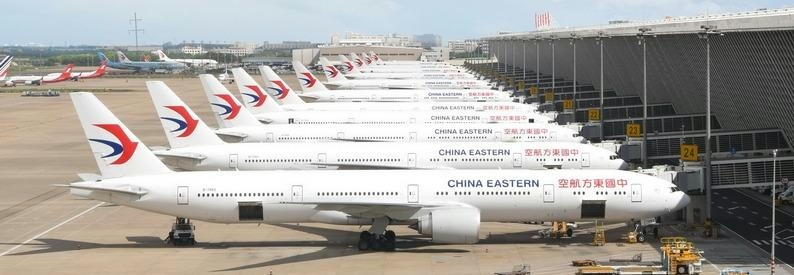
China Eastern Airlines to Pay $96 Million for STARCO Buyout
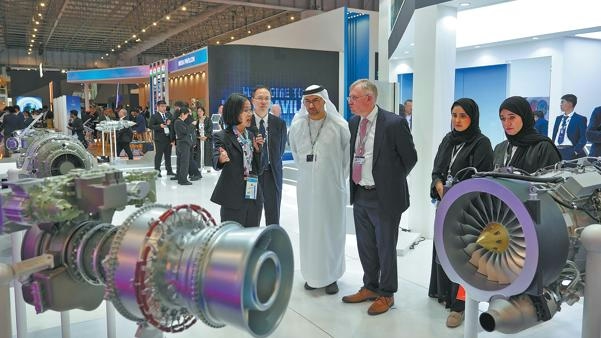
Chinese Innovations Take Center Stage at Dubai Air Show
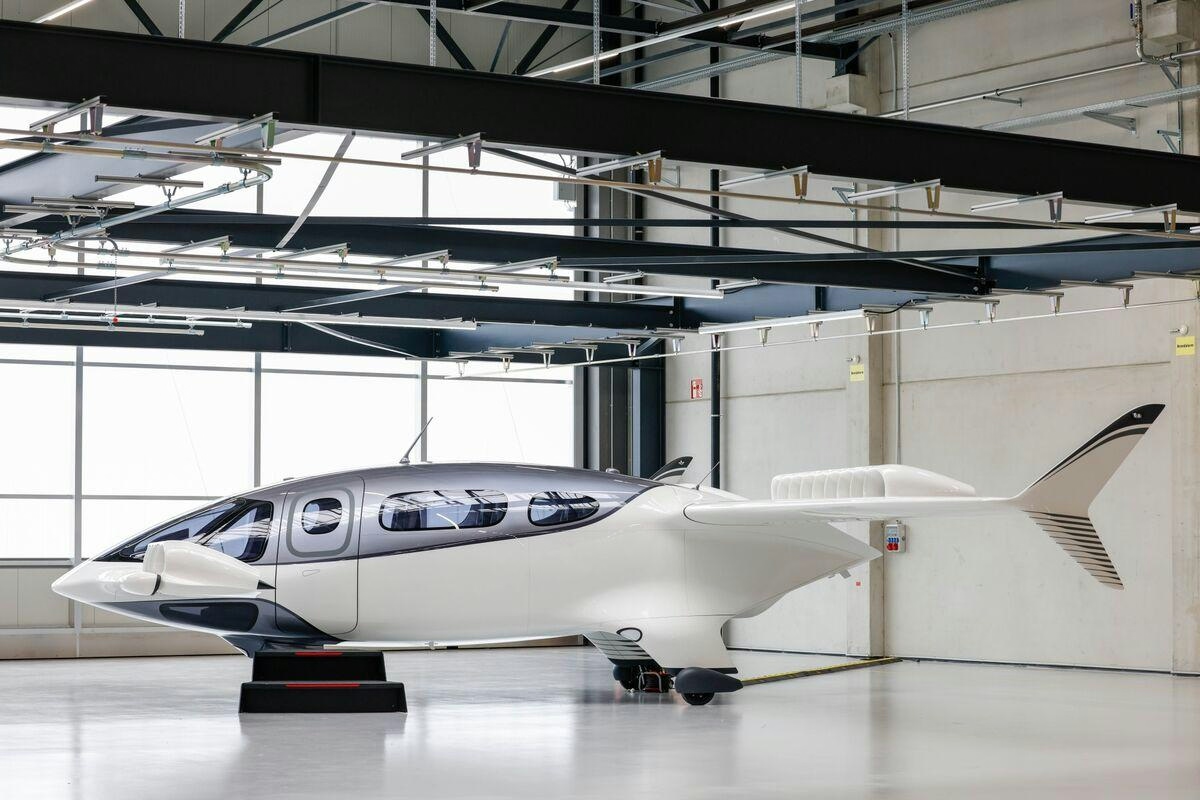
Saudi Arabia Plans Electric Air Taxis for Tourism by 2026
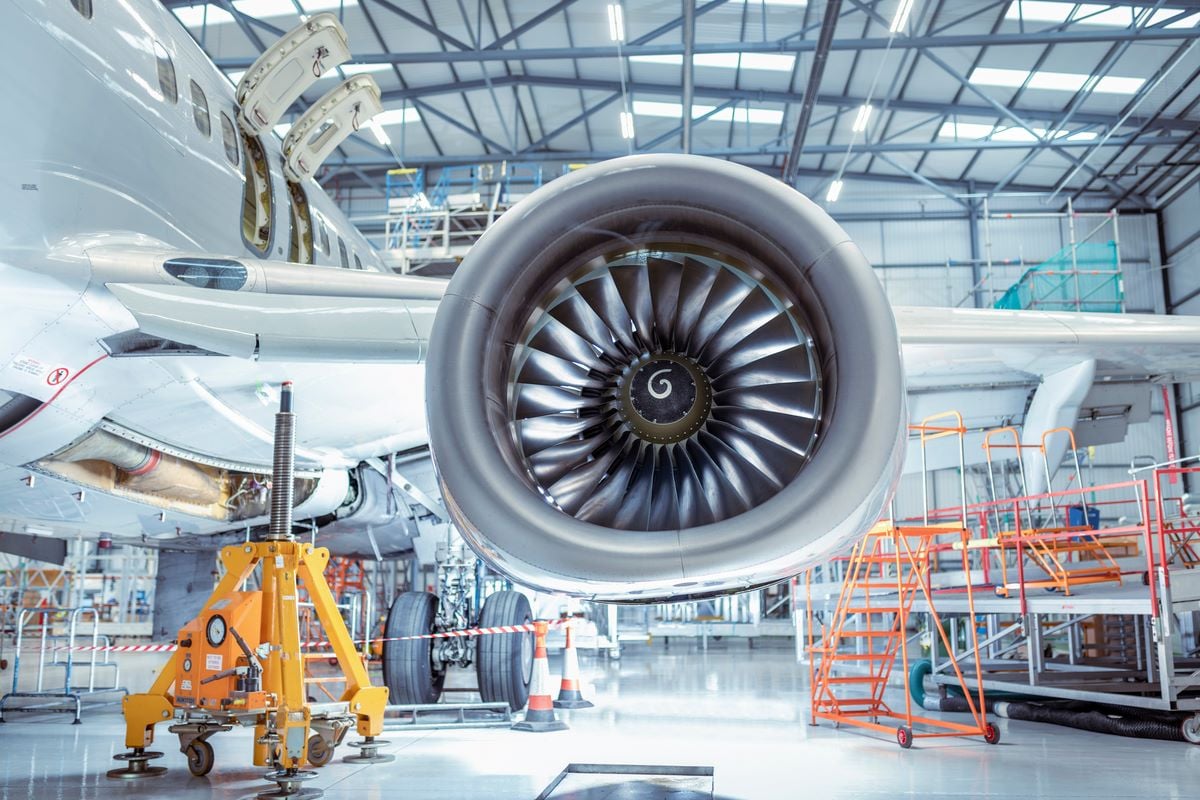
Challenges in the Aviation Supply Chain

Principal Aviation Acquires Alpha Aircraft Services
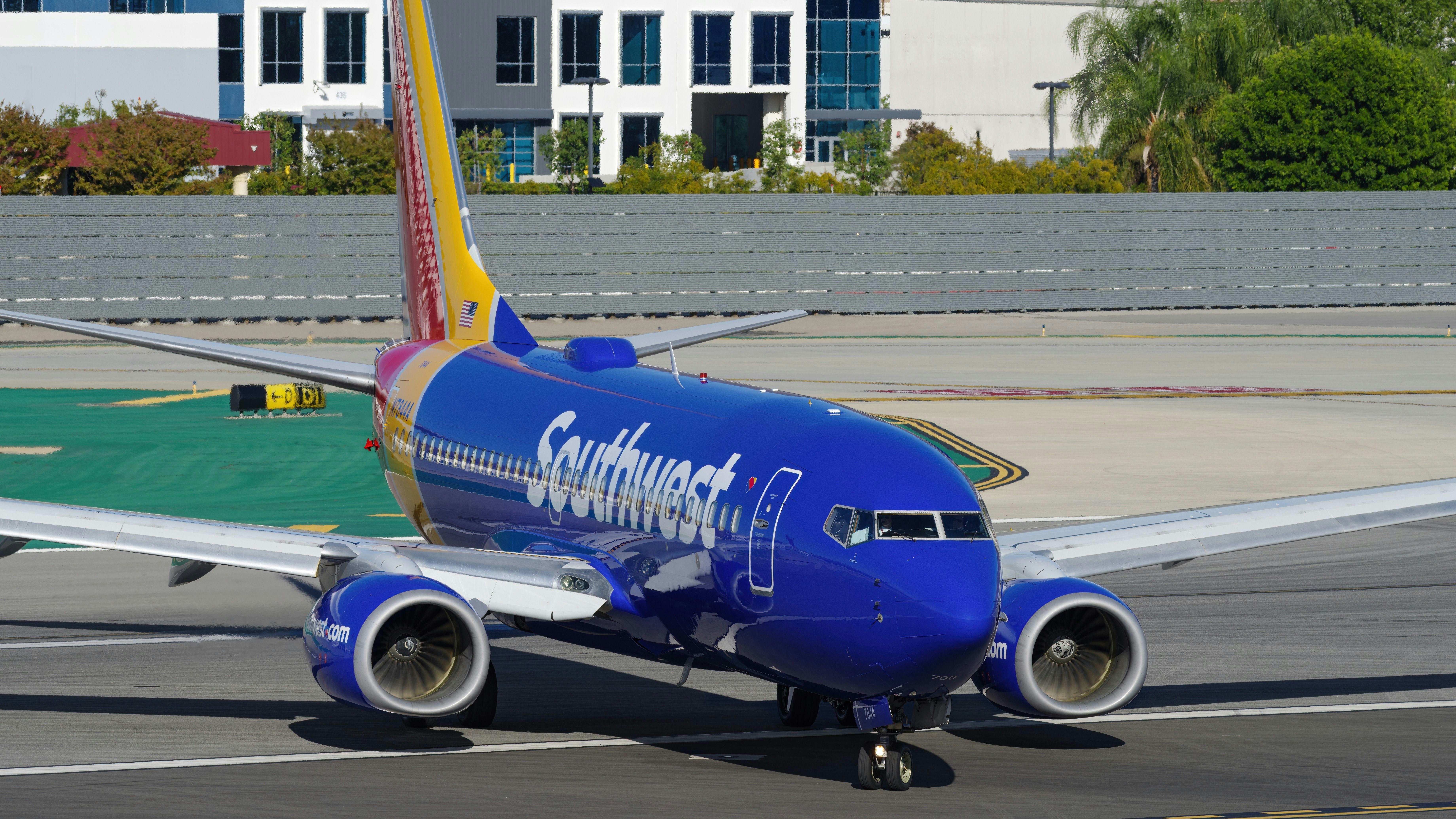
Flight to Salt Lake City Diverted to Los Angeles After Engine Failure

The Importance of Human Factors in Design
